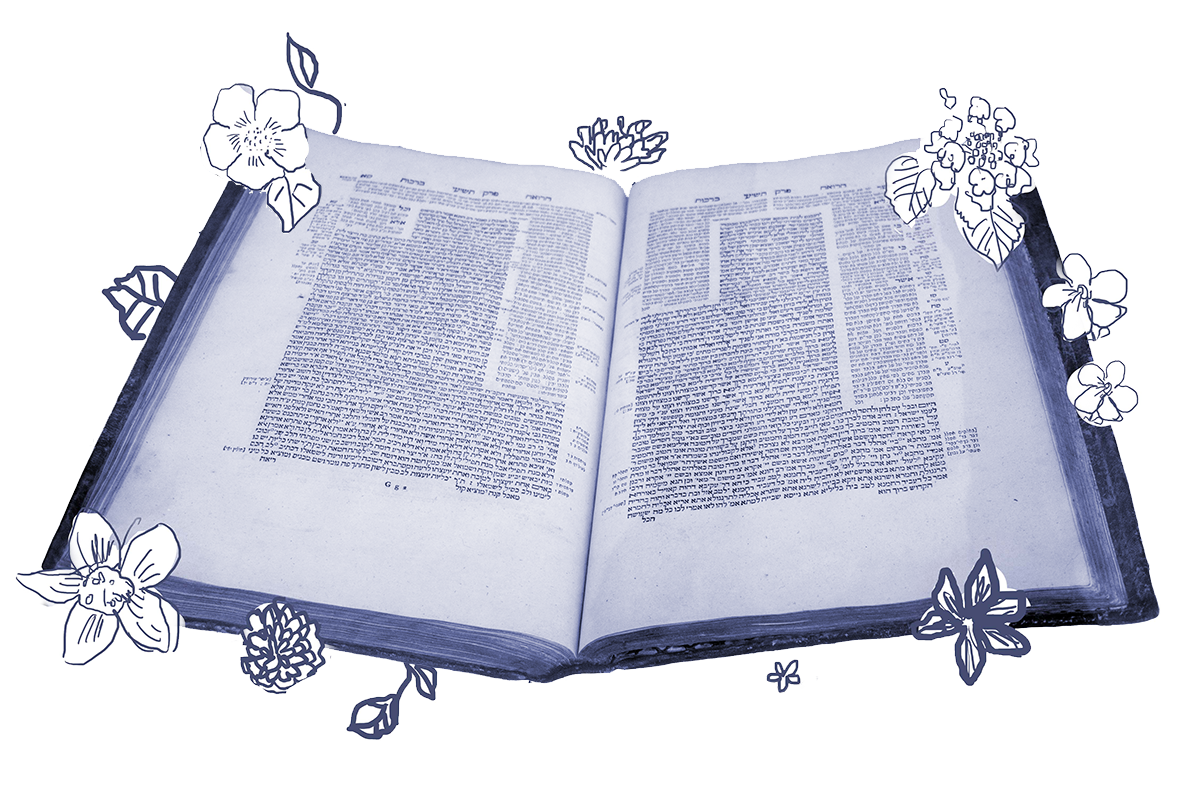As we’ll learn over the next few months, the Yom Kippur Temple rituals are complex, so it makes sense that the high priest would have to prepare in advance for his role. As a part of this process, the mishnah teaches that in the week before Yom Kippur, he takes on a number of routine, daily tasks.
During all seven days of the high priest’s sequestering before Yom Kippur, he sprinkles the blood of the daily burnt-offering, and he burns the incense, and he removes the ashes of the lamps of the menorah, and he sacrifices the head and the hind leg of the daily offering.
During the rest of the year, the high priest has the right to perform these tasks if he so chooses. That he is required to do so for a week in advance of Yom Kippur may suggest that, on most days, the typical high priest left these tasks to less senior priests.
The Gemara notices the order in which our mishnah lists the priestly duties — first incense, then lamp cleaning — and raises a contradiction from the mishnah in tractate Tamid which reverses the order: removal of the ashes from the menorah precedes the burning of the incense. So which comes first?

Help us keep Jewish knowledge accessible to millions of people around the world.
Your donation to My Jewish Learning fuels endless journeys of Jewish discovery. With your help, My Jewish Learning can continue to provide nonstop opportunities for learning, connection and growth.
Rav Huna resolves this dilemma in a typical way: he suggests that the mishnah from Tamid follows the opinion of Rabbi Shimon Ish HaMitzpa, and our mishnah, from Yoma, follows the opinion of the rabbis.
The Gemara objects to Rav Huna’s solution, quoting a source that puts Rabbi Shimon Ish HaMitzpa at odds with the mishnah from Tamid. Rabbi Yohanan resolves the contradictions by reversing Rav Huna’s assignment of positions — he suggests that it is Yoma that follows Rabbi Shimon Ish HaMitzpa and Tamid which contains the opinion of the rabbis.
But either way, the solution to the discrepancy between the two mishnahs is to attribute the two different opinions to different sages. This is a comfortable approach for the Gemara which tolerates different viewpoints — as long as each one has a sage attached to it.
A different solution can be found in the commentary of Rabbi Menachem ben Solomon Meiri (a late 13th/early 14th century scholar, often called the Meiri) who writes:
Even though when we explained what the high priest did these seven days, we mentioned the burning of the incense before removing the ashes from the menorah, the burning of the incense only comes first in the text of the mishnah in Yoma, but in practice removing the ashes of the menorah came first.
Unlike the Gemara, which tries to assign a legal authority to each of the sequences that appear in the mishnah, the Meiri is comfortable asserting that only one of these traditions accurately describes what happened in the Temple.
The Meiri didn’t pull this solution from thin air. Later, in Yoma 15 (spoiler alert), the Gemara will quote Abaye as saying that the mishnah in Yoma is: a general directive describing the services with which the High Priest must be familiarized prior to Yom Kippur, without concern for the sequence.
In other words, we resolve the contradiction between the sources by reading the text in Tamid as the source that describes the order of the ritual. The other is not in the correct temporal sequence. This solution makes sense because Tractate Tamid is about the daily sacrifices. In doing so, the Gemara acknowledges that the mishnah in Yoma, which is about preparing the high priest for Yom Kippur, may not have been so careful about presenting the details in their correct order.
Read all of Yoma 14 on Sefaria.
This piece originally appeared in a My Jewish Learning Daf Yomi email newsletter sent on April 25th, 2021. If you are interested in receiving the newsletter, sign up here.



